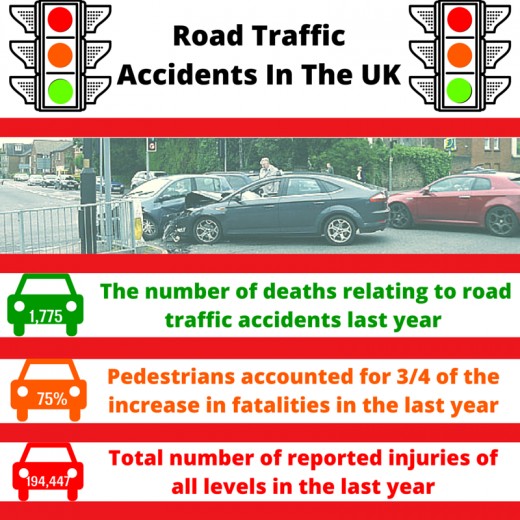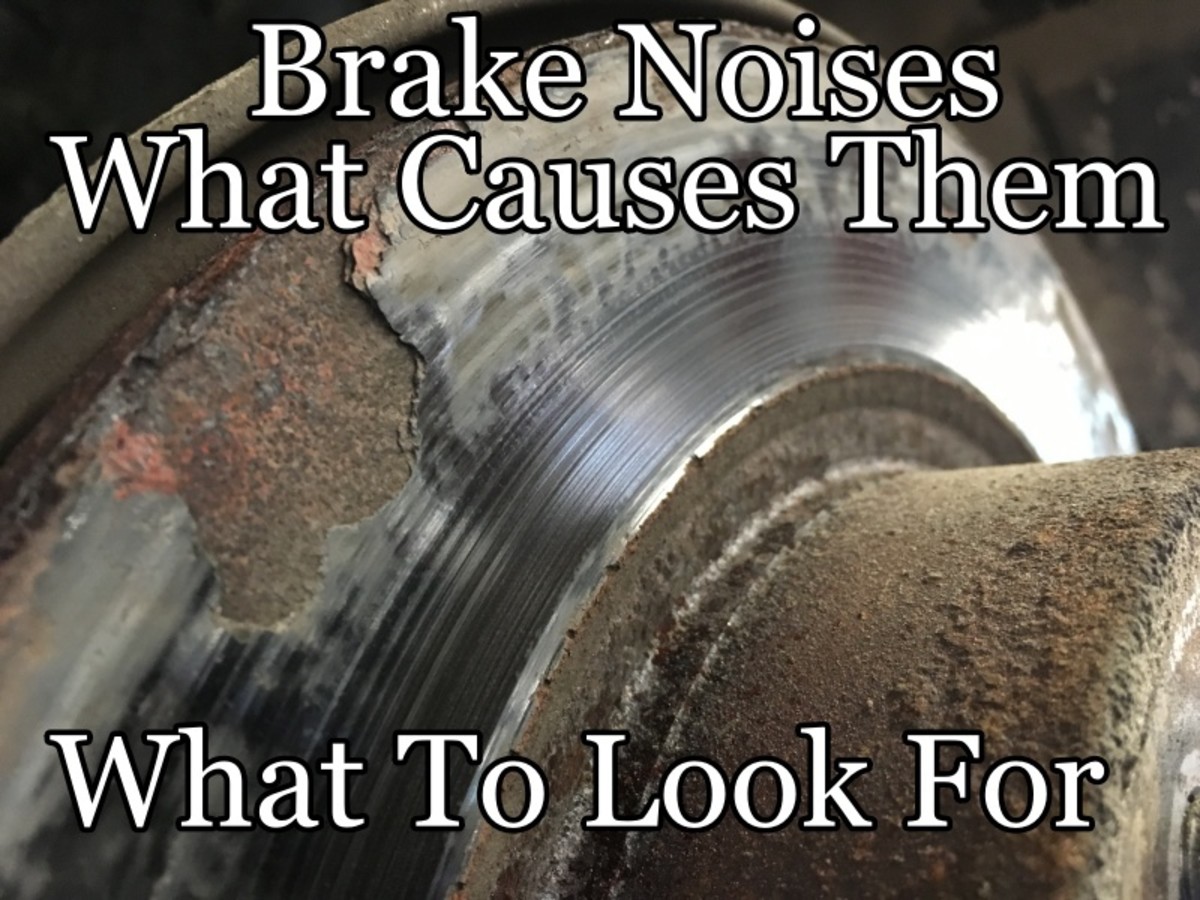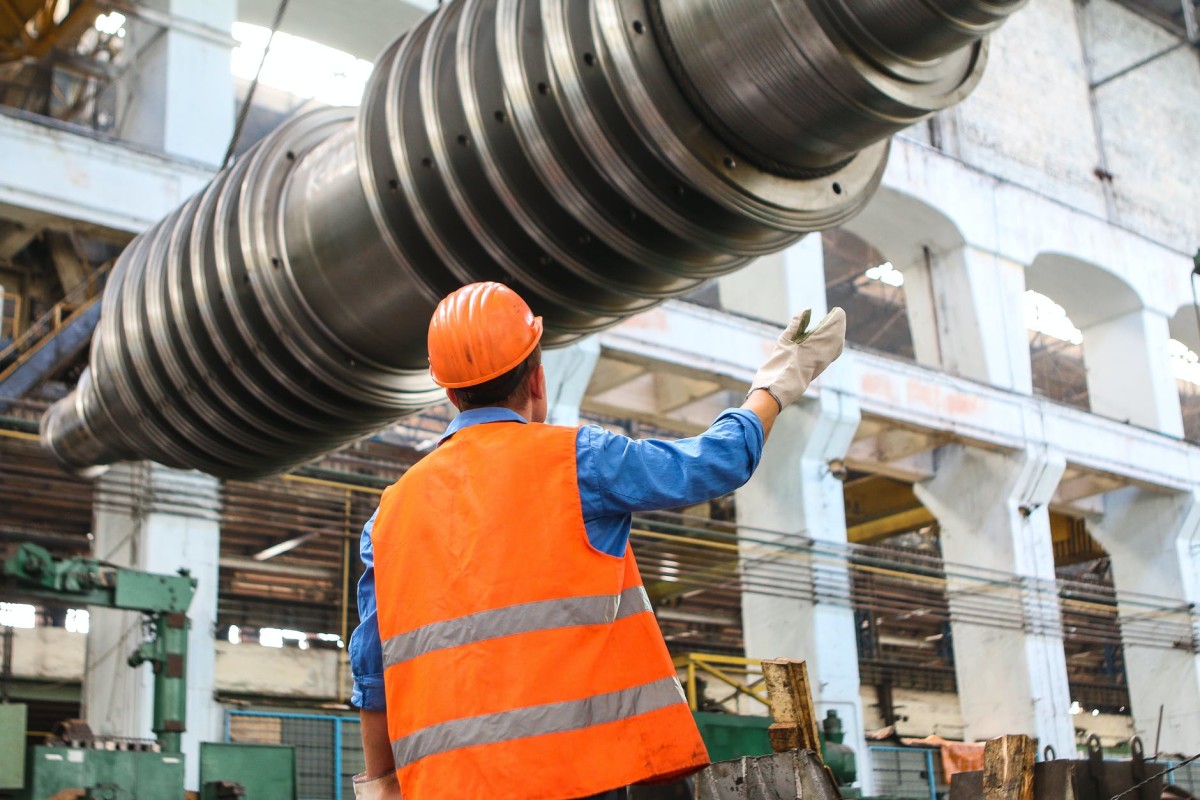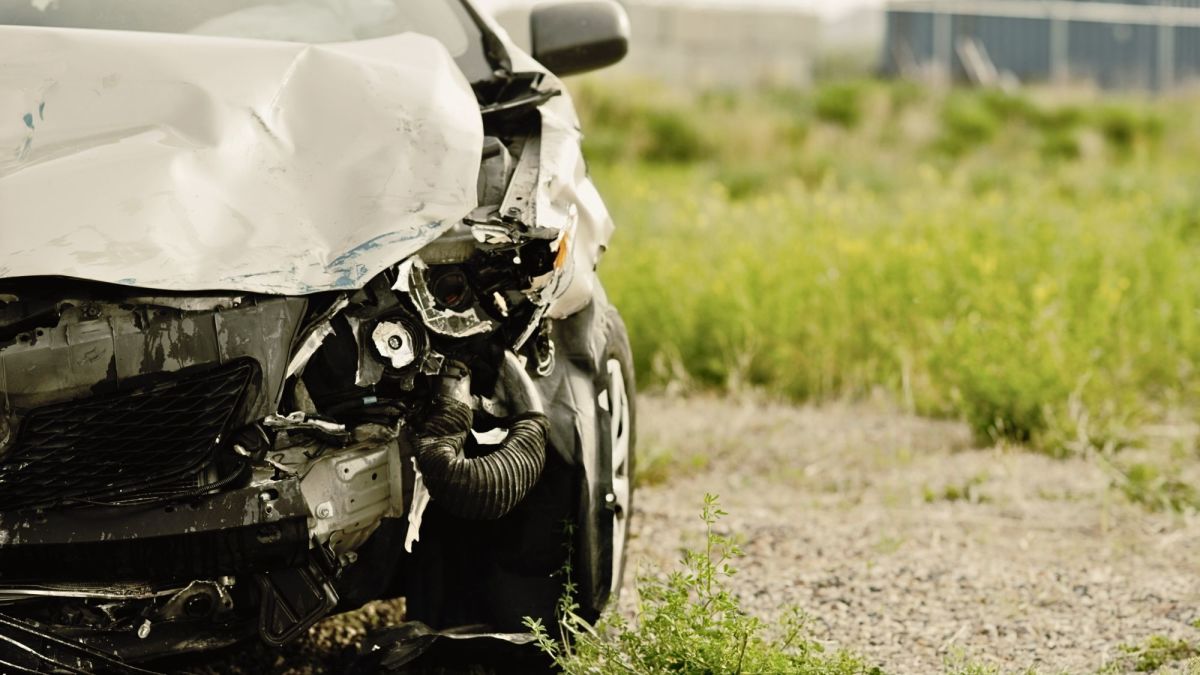Autonomous Pedestrian Detection – The Future of Road Safety?
It’s a nightmare situation for pedestrian and driver. Perhaps involving a child running across the road or turning round a tight bend giving both driver and pedestrian only a split second to react. Having a collision can cause serious damage regardless of circumstance. Reducing the amount of accidents on the road is important for the safety of the nation, and Euro NCAP may now have the answer in their Autonomous Pedestrian Detection (APD) tests.

Autonomous Driving Advancement
Many new vehicles provide drivers with either standard fitted or optional extra braking systems which reduce speed when approaching moving cars or objects in front. Systems including Skoda’s city safe, BMW’s drive assist and Audi’s pre-sense all demonstrate the forward thinking of manufacturers trying to make collisions a thing of the past.
Autonomous braking comes in many guises; the primary goal for all is for the vehicle to sense movement in front of it; that being either another car or a pedestrian entering the road. Upon sensing an obstruction the car would then automatically brake in a way to avoid a collision (as safely as possible) whether that is reducing speed or coming to a complete standstill via an emergency stop. Testing of new models has been rolled out recently via Euro NCAP to ascertain the effectiveness of many braking systems.
While braking systems are not universal and currently not as standard on all cars; research by safety experts Thatcham suggests that 82% of consumers feel all new cars should come with autonomous braking technology in some form rather than as an optional extra. Many in the insurance & legal industries concur, even resulting in a meeting with senior government officials to convince them to subsidise the technology in an attempt to reduce serious and fatal accidents.
Fewer Accidents, Fewer Injuries
Industry experts WhatCar? Believe that Autonomous Emergency Braking (AEB) systems could reduce fatal crashes by 20% – 25% and accidents involving injury by 25% - 35%. While the numbers are not a certainty at present with more testing required to see just how efficient and effective AEB systems can become, it is a very positive step in the right direction for the prevention of accidents.
The costs of AEB can vary depending on the technology behind them. Some top range vehicles from each manufacturer have adaptive cruise control which helps prevent rear end collisions by matching the speed of the car in front should it be travelling less than the cruising speed of your vehicle. Some systems are more basic with a collision detection system that kicks in when a car is a certain distance away from an object, allowing a quick brake and chance to not collide. AEB can cost manufacturers as little as £40 per vehicle.

AEB, what Twitter thinks?
AEB can help reduce car crash and pedestrian accident claims in the insurance and legal industries. The additional safety of road users including motorcycles, cyclists, pedestrians and drivers can be something to look forward to should the campaign prove a success. Some took to Twitter in light of the Thatcham campaign and WhatCar? article.
anti-collision systems w/automatic braking should be standard in all cars, trucks to prevent rear-enders
— @AP_Joan_LowreyAutonomous Emergency Braking should be compulsorily fitted in new cars. It is proven to reduce accidents
— @SameiHudaPerhaps Ireland should be the first nation to set a goal to have all cars fitted with Autonomous Emergency Braking within 10 years
— @mickcreaghWhile it may be a while until all cars receive AEB as standard, it is a positive sign that campaigns are being launched, supported by the UK population. With development of automatic driving cars well underway by Google among others, the short hop towards universal automatic braking should not be far behind.
© 2016 Daniel Fletcher








